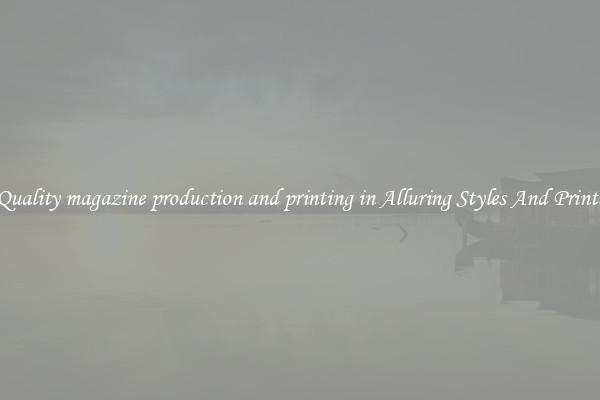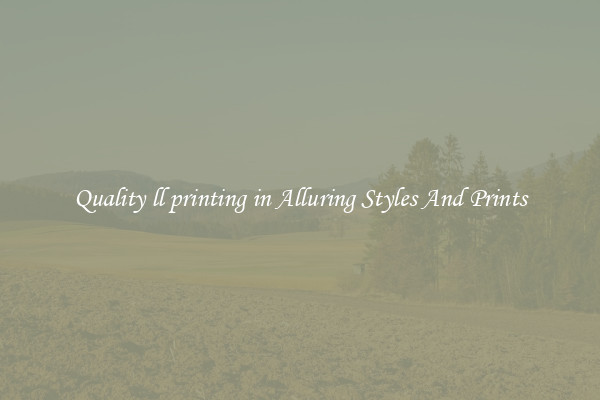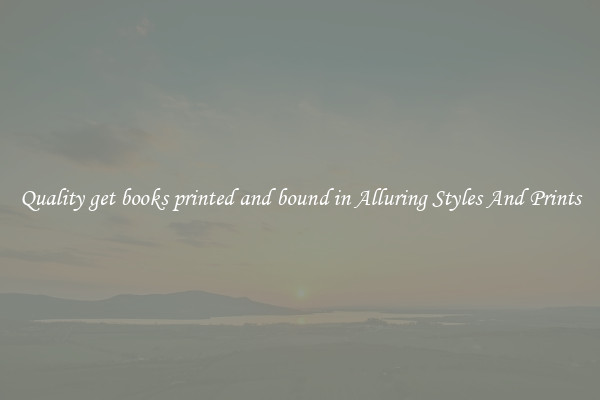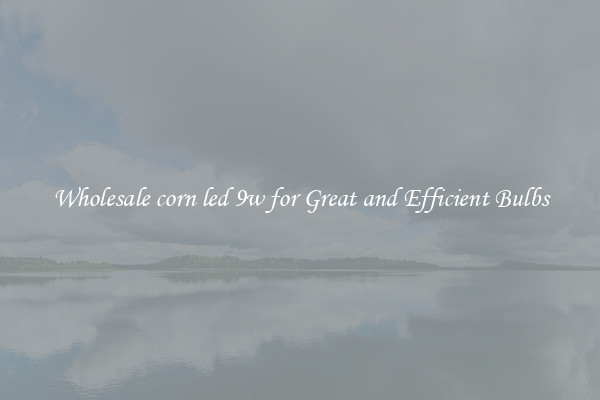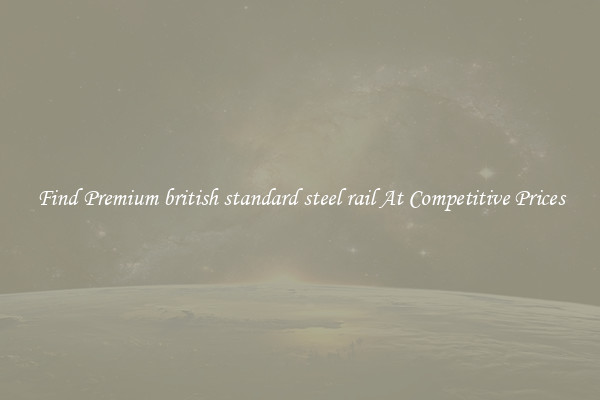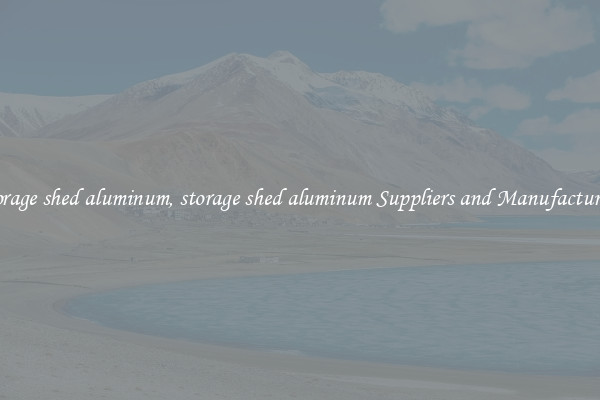Quality magazine binding in Alluring Styles And Prints
When it comes to printed materials, the binding of a magazine can make all the difference in terms of overall quality and durability. Magazine binding is the process by which the pages of a magazine are held together and protected, ensuring that the publication remains intact and presentable for its intended audience. In today's competitive publishing industry, it is essential for magazines to not only have engaging content and eye-catching visuals, but also to be bound in a way that is both attractive and functional.
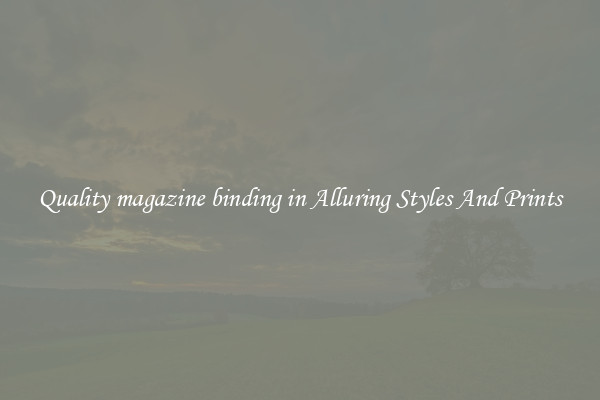
One of the key aspects of quality magazine binding is the choice of materials. A good binding material should be sturdy enough to withstand frequent handling and flipping through pages, while also being flexible enough to allow the magazine to lay flat when opened. Common materials used for magazine binding include plastic, wire, and glue, each providing a different level of durability and aesthetic appeal.
In addition to choosing the right material, magazine publishers also have the option to customize the binding style to suit the overall design and theme of the publication. For a modern and sleek look, magazines can opt for wire binding, which uses a metal coil to secure the pages together. This style of binding allows for easy flipping of pages and gives the magazine a professional and polished appearance.
Another popular binding style is saddle stitching, which is commonly used for magazines with a lower page count. Saddle stitching involves folding the pages in half and stapling them along the spine, creating a clean and seamless finish. This style is not only cost-effective but also offers a minimalist and minimalist aesthetic that is perfect for more minimalist designs.
For magazines that require a more premium and luxurious finish, perfect binding is an ideal choice. Perfect binding involves gluing the pages to the spine of the magazine, creating a smooth and seamless edge. This style of binding is often used for high-end publications and provides a polished and sophisticated look that is sure to impress readers.
In addition to choosing the right materials and binding style, magazine publishers can also opt for custom prints and finishes to further enhance the overall look of the publication. This can include embossing, foil stamping, and spot UV coating, which add a touch of elegance and sophistication to the magazine's design.
Overall, quality magazine binding is essential for ensuring that a publication is not only durable but also visually appealing. By choosing the right materials, binding style, and custom prints, magazine publishers can create publications that stand out and attract readers with their alluring styles and prints.
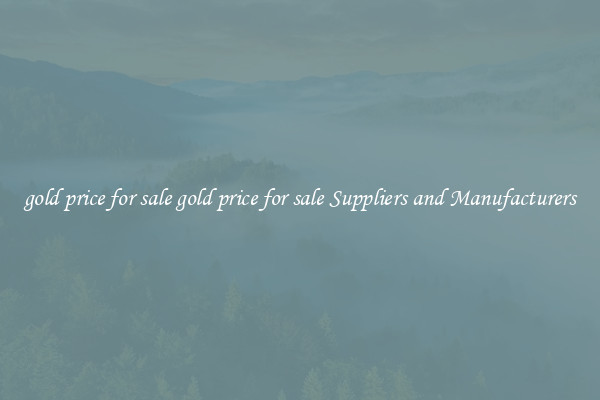
View details
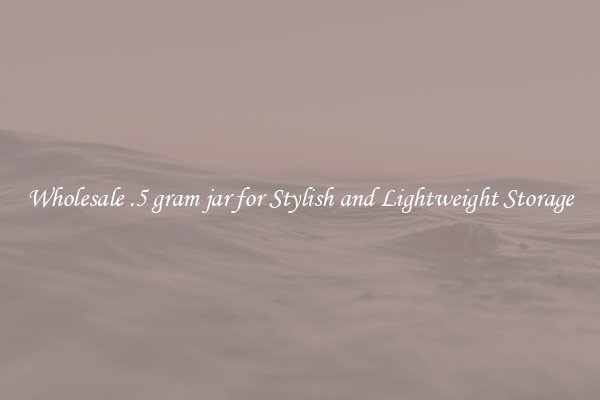
View details
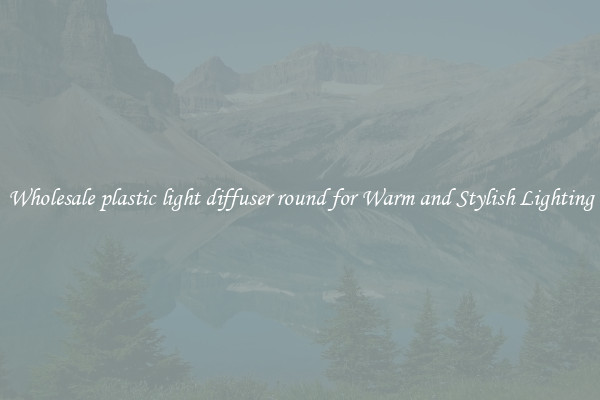
View details
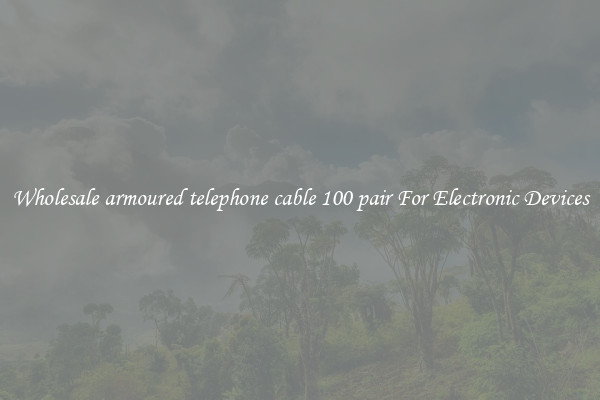
View details
